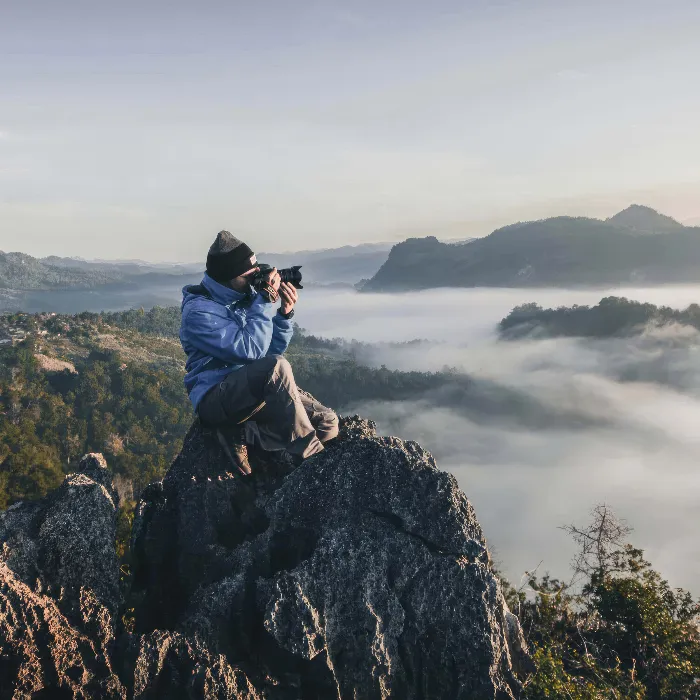Landscape photography is not just a technique, but an art that requires patience, planning, and the right selection of equipment. Are you looking for ways to improve your skills in landscape photography? This guide will help you capture the essence of nature and create stunning landscape shots. Let's discover the best tips that can make you a better landscape photographer together.
Key insights
- Landscape photography requires patience and time. Stress is the wrong companion here.
- Choose the right time and plan your shots according to the light.
- The use of the right equipment, such as tripods and lenses, is crucial.
- Weather conditions and the right app for planning are essential.
Step-by-Step Guide to Landscape Photography
1. Find the right setting
Take your time to explore the surroundings and try different perspectives. Stress and haste prevent you from getting the best out of your landscape photography. Sit in a quiet place, enjoy the view, and let nature have its effect on you.
2. Choose the best time for your shots
The time of day has a huge impact on the light, which in turn determines the mood of your photos. Avoid the midday sun, as it often creates harsh shadows and less interesting lighting conditions. Instead, sunrise and sunset are the optimal times for beautiful light. So plan your shoots for the morning or evening hours.

3. Include weather conditions
The weather has a direct impact on the quality of your image. Overcast skies give you softer light, while dramatic cloud structures can create exciting effects. Use helpful apps like "Golden Hour" or "Sunseeker" to find out exactly when and where the sun will be and what lighting conditions will exist.
4. Choose equipment for landscape photography
A tripod is an absolute must, especially if you want to work with long exposure times or HDR techniques. It helps you keep the camera stable, so your shots remain sharp. Consider which tripod is best suited for your needs and ensure it is sturdy enough to support your camera.
5. Use the right lens
A wide-angle lens is ideal for landscape photography, as it allows you to capture a lot of the surroundings. But also try unusual perspectives with a telephoto lens to highlight details. This combination can add a special touch to your portfolio of landscape images.
6. Explore filter options
If you want to experiment with filters, try a polarizing filter or neutral density filter. These help to make the sky look more dramatic or control the light. If you are new to photography, start without filters first and develop a sense of their use later.
7. Patience is key
Often, it is necessary to simply wait for the lighting conditions to change or for other elements to enter the scene, such as passing clouds or animals. Be patient and do not expect perfect images right away. Take your time to relax and enjoy the surroundings as well.
Summary – Landscape Photography: Your Perfect Guide to Capturing Stunning Nature Images
Landscape photography offers you endless possibilities to capture the beauty of nature. With the right choice of time, light, equipment, and the courage to try different perspectives, you will be able to create breathtaking landscape images. Remember that enjoying nature and being at peace are just as important as the photography itself.
Frequently Asked Questions
How do I choose the right time for landscape photography?Choose the morning or evening hours to get the best lighting conditions.
What is the most important equipment for landscape photography?A tripod is essential to guarantee stable and sharp images.
How does the weather affect my photos?The weather can greatly change the lighting conditions and mood of your landscape images.
What are useful apps for planning shoots?"Golden Hour" and "Sunseeker" help you determine the best time for your shooting.
Which lenses are suitable for landscape photography?A wide-angle lens is ideal, but telephoto lenses can also provide interesting perspectives.


